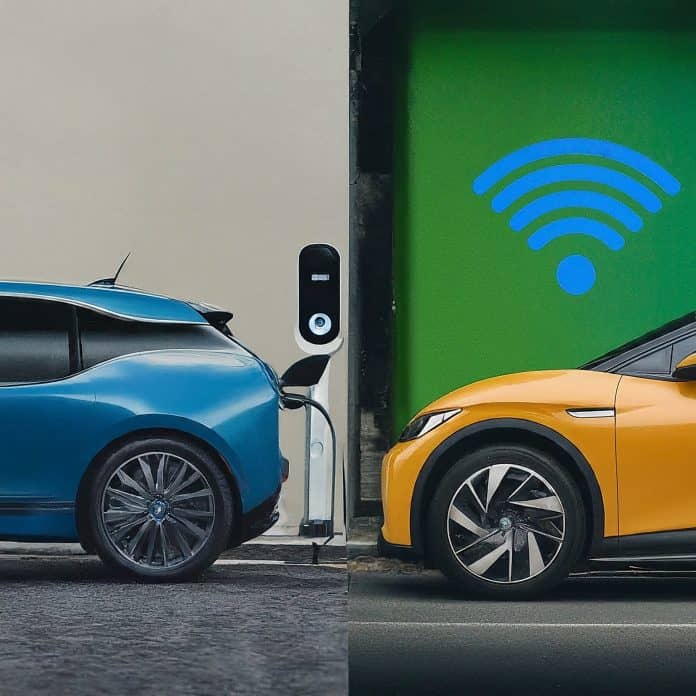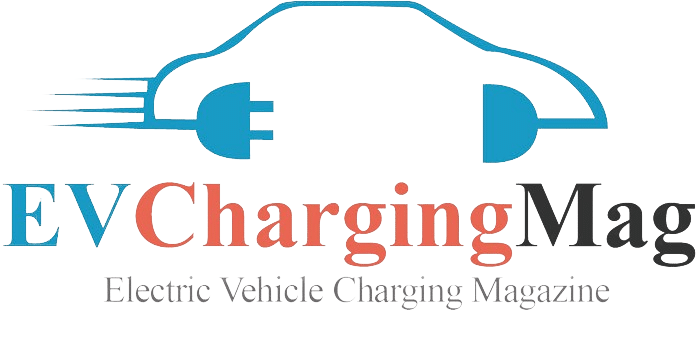Electric vehicles (EVs) are surging in popularity, but a potential roadblock has emerged for drivers in the UK and EU. These regions are implementing distinct regulations for public charging infrastructure, creating a divergence that could impact the overall EV experience.
The Payment Divide
- UK Embraces Contactless: The UK takes a clear stance on payment methods, mandating contactless bank cards as the primary option at all charge points exceeding 8kW. This move prioritizes convenience and accessibility for drivers. (These regulations are expected to begin impacting charging experiences in 2024.)
- EU Offers Choice, with a Twist: The EU adopts a more flexible approach. While contactless payment becomes mandatory for high-powered chargers (50kW+), operators of lower-powered units may use a unique QR code system. However, the specifics of this alternative remain unclear, potentially causing confusion for drivers.
Challenges for Manufacturers
These diverging regulations present a challenge for charge point manufacturers. They must decide whether to include digital screens for QR codes and payment terminals for contactless cards. Additionally, manufacturing separate units for each market adds complexity and cost.
Impact on Charging Infrastructure Rollout
The potential rise in cost due to varying regulations could slow down the expansion of charging stations, hindering the overall EV driving experience. Delays in public charger proliferation could dampen consumer enthusiasm for transitioning to electric mobility.
Beyond Payments: Additional CPO Requirements
Charge point operators (CPOs) face a broader set of new regulations. Reliability targets, reporting obligations, e-roaming capabilities, 24/7 helplines, data accessibility, and price transparency are now mandatory. Existing UK rapid chargers also need contactless card readers installed by a set deadline.
The Future Belongs to “Plug & Charge”
Despite the current uncertainties, technological advancements offer promising solutions. The ISO15118 standard paves the way for innovations like Vehicle-to-Grid (V2G) and Vehicle-to-Everything (V2X) capabilities, streamlining the charging process and user experience. As “plug & charge” technology becomes more prevalent, offering effortless convenience, it is poised to transform the charging landscape. This technology could potentially render the newly installed contactless card readers and QR code screens obsolete in the long run.
Adaptability is Key
Daniel Forsberg, CTEK’s Marketing Manager EVSE, emphasizes the importance of adaptability for all stakeholders (manufacturers, CPOs, and consumers) in the face of these regulatory shifts. Staying informed, embracing innovation, and fostering collaborative efforts will be crucial in ensuring a smooth transition to a future dominated by “plug & charge.”

